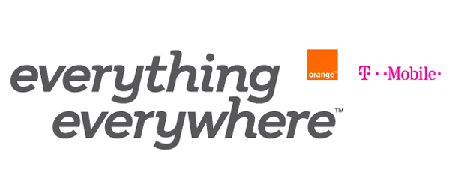Belfast, Birmingham, Bristol, Cardiff, Derby, Edinburgh, Glasgow, Hull, Leeds, Liverpool, London, Manchester, Newcastle, Nottingham, Sheffield and Southampton will all be enjoying 4G mobile connectivity before Christmas. Or so EE, formerly known as Everything Everywhere and parent company of T-Mobile and Orange, has pledged following regulator Ofcoms’ August decision to grant EE permission to launch the UK’s first 4G network.

While T-Mobile and Orange will continue to exist here in the UK, offering a range of tariff and mobile options, 4G connectivity will only be available to customers under the new EE brand. EE has invested £1.5 billion into its mobile and fibre infrastructure, creating what it calls the “biggest, the best and fastest network in the country”.
EE’s 4G network will launch today for testing in four cities – London, Birmingham, Cardiff and Bristol – before rolling out to the remaining 12 and the company hopes to have 98% coverage in the UK by 2014.
All this is very good for the UK, of course. But as a consumer, you’re going to want to know which handsets will work on it and what to do if you’re on any other network than EE. Handsets first.
Those that will work on 4G are the Nokia Lumia 920, Samsung’s Galaxy S III and, if rumours are right, the iPhone 5, launching tomorrow. In addition, there are various HTC devices that are likely to be compatible.
So what if, like me, you’re an O2 customer? You’ve got a 4G-ready phone but have to switch to EE? For now, yes, it seems. Ofcom will be monitoring the effect on competition, but they see no issues as it stands, evident by the granting of permission for EE to be the first to market with 4G connectivity.
Will you be taking advantage of 4G connectivity?

